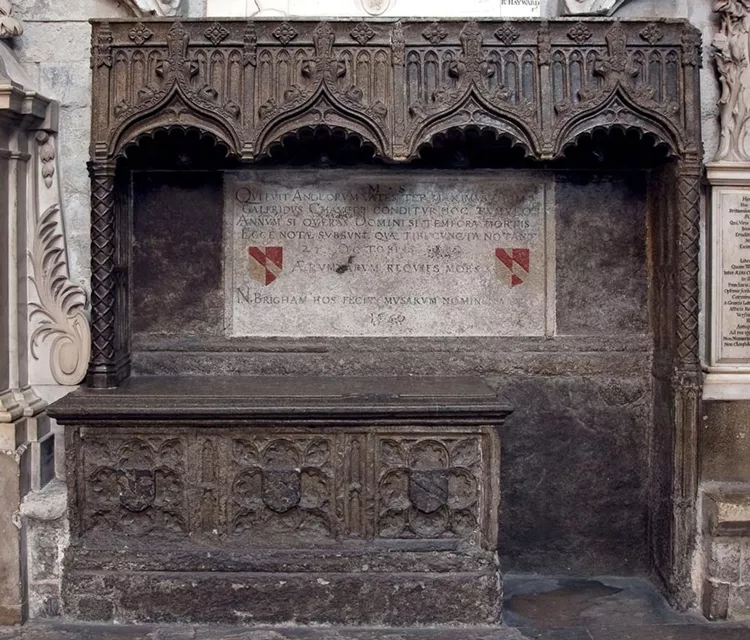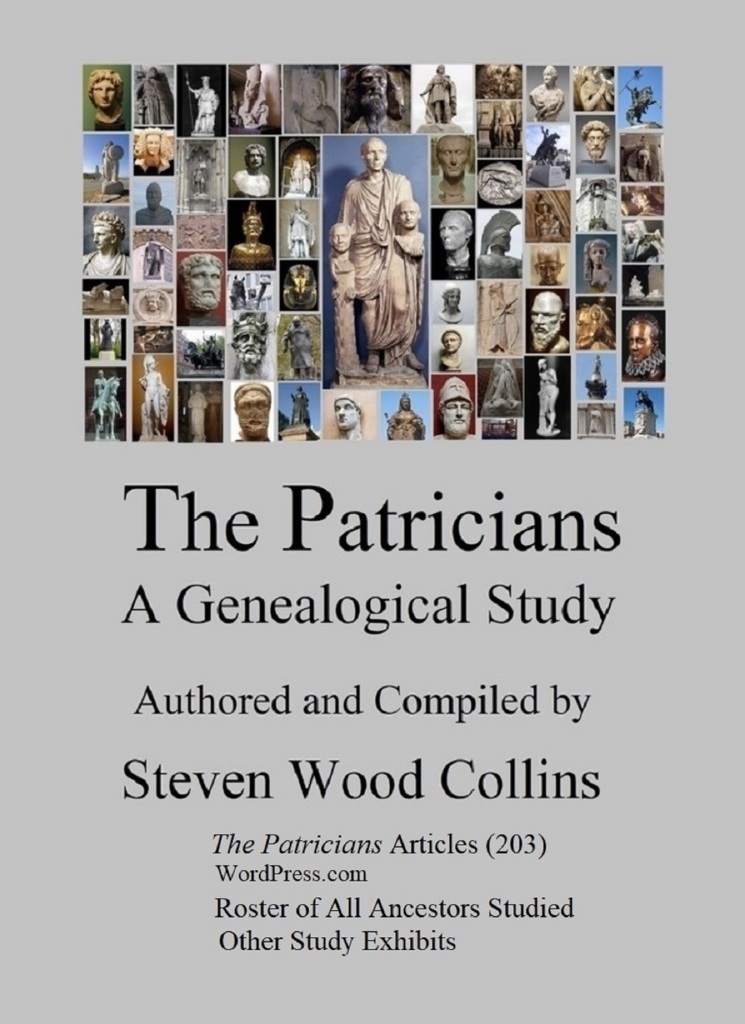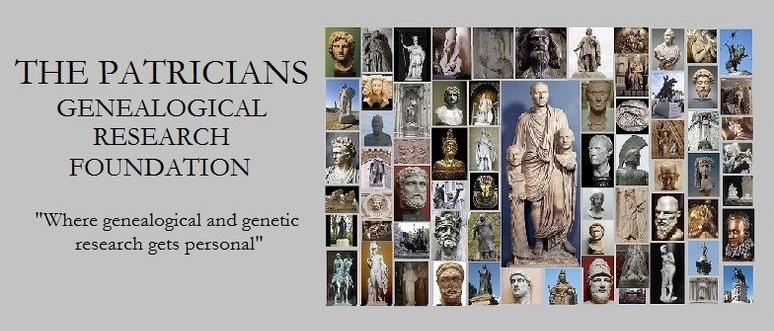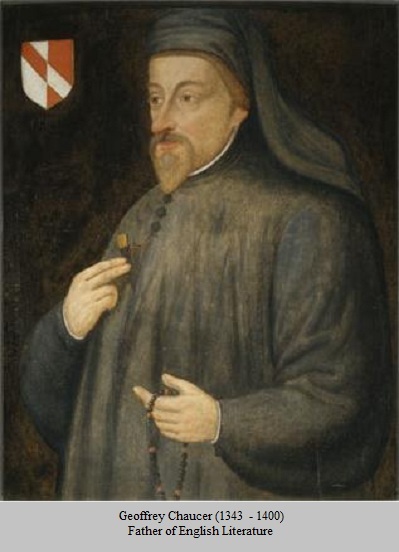




The Life of Geoffrey Chaucer AudioBook
Before Geoffrey’s advent as a Middle-English vernacular writer, the literature of the period was almost exclusively written in either Latin or French. His first major work, The Book of the Duchess (1368), renders the first coherent description of Middle Ages life as seen through the pen of an Englishman written in his newly adopted native language. He’s most widely recognized today for his superb collection of short stories entitled The Canterbury Tales. Inspired by the holy pilgrimage to the site of the martyrdom of Thomas à Becket (1118 – 1170) Archbishop of Canterbury, the epic poem reflects the Catholic ethics and morality that both the church and the monarchy desired to instill upon the readership at the time.
Considered the Father of English Literature, Geoffrey played a pivotal role in legitimizing Middle English, essentially for the first time. His success in that regard proved seminal toward the structural development of the English language. He may well also take credit for reviving the language at a time when it could just as well have been supplanted by French or Latin, or some variation thereof.
In 1476 William Caxton (1422 – 1491) printed The Canterbury Tales from his printing press located in Westminster Abbey. It was the first book produced by an English printing press. Besides being the first English printer, he was also the first English vendor of printed literature.
In 1484 Caxton both translated and published The Book of the Knight of the Tower, authored by Anjou Comte Geoffrey IV de la Tour Landry (1330 – 1406). It was the fifth book translated and printed into English by him at the behest of King Edward V (1470 – 1483). Essentially an etiquette primer, the book would be required reading for European schoolchildren during the Late Middle Ages and afterward. Ironically, however, the effort represents the first-ever translation of the staid French language into Chaucer English in print.
In 1403, the Corporation of London granted a group of text writers, illuminators, bookbinders, book manuscripts, and stationary sellers the license to form a guild. The so-called “stationers” guild plied their crafts in stations, or stalls, located around the periphery of St Paul’s Cathedral. In 1557, the guild received a Royal Charter of Incorporation to conduct business as one of the Livery Companies of the City of London, known thereafter as The Worshipful Company of Stationers and Newspaper Makers. Originally trained and licensed as a scrivener by The Worshipful Company of Scriveners, Richard Collins (1545 – 1609), one of my forebears, managed the company for several years from 1574 as The Clerke during the reign of Queen Elizabeth I (1533 – 1603).
During the reign of Edward III Plantagenet (1312-1377) King of England, English became the official language. A member of the royal court, under Chaucer’s paternal guidance, both in structural development and written exposition through his poetry., English flourished, almost immediately as even the general populace was overjoyed to adopt it as their language that reflected their own Germanic cultural identity as predominantly Anglo-Saxons in the main. Over the ensuing centuries, it became the dominant language spoken worldwide. Moreover, it was accessible to learn by the lesser classes whereas Latin and French were only understood by privileged nobility and their class of subordinates, in the immediate sense.
There was a time before the official reign of Henry III (1207- 1272) when Middle English would have been squashed as the English language had it not been for the victory of his regent Sir William le Marshal, 1st Earl of Pembroke (1146 – 1219) over Comte du Perche at the Battle of Lincoln (1217). Had he not prevailed, the language would have survived as Pigeon English.
There’s no specific information available, at least not on the internet, that discloses where Geoffrey received his training as a lawyer. Perhaps, instead, the prodigious polymath was recognized by the Sovereignty as fully competent as an administrator of their legal/diplomatic affairs despite the official imprimatur from any legal society extant during his lifetime.
Well, as imagined from his own mind, the wonderful imaginary of the finest of medieval comportment, both in a secular and spiritual sense, may well have its roots in the ideals as such previously expressed by Geoffroi de La Tour-Landry (1320 – 1391) Author of “Knight of the Tower”. He was the preeminent written poetic representation of his nobility at the time in a literary sense, which undoubtedly carried over for years to come after his demise. The Plantagenets, his cousins, embraced his sovereignty identity of his for several centuries afterward.
Geoffrey was the first poet interred in the Poets’ Corner of Westminster Abbey.
He’s ranked #481 in Hart’s Most Influential People in History – Top 500 List (125).
Related blog article:
152 Related Poets, Authors, Journalists, Playwrights and Publishers
Henry II Plantagenet (1133 – 1189) 1st Plantagenet King of England
Geoffrey Chaucer
Birth 1343 in London, Middlesex, England
Death 25 Oct 1400 in London, Middlesex, England
Ancestry.com citation/Lineages
18th great-grandfather DE LA POLE-LINCOLN-JOY-SPRAGUE-TRIPP-OUTWATER-COLLINS Fab Pedigree
4th cousin 3x removed of wife of 14th great-grandfather TILNEY-HOWARD-TRIPP-OUTWATER-COLLINS
father-in-law of 4th cousin 18x removed BURGHERSH-VERDUN-BOHUN-FITZALAN-MOWBRAY-HOWARD-WOOD-COLLINS
paternal grandfather of wife of 15th great-uncle MONTAGU-FITZALAN-MOWBRAY-HOWARD-WOOD-COLLINS
FamilySearch (log in required)
BIBLIOGRAPHY
Works of Geoffrey Chaucer. The Canterbury Tales/Troilus and Criseyde
The Patricians, A Genealogical Study – Ebook Editions (Epub, PDF & Kindle) US$5.95


Steven Wood Collins (1952 – ) Antiquarian, Genealogist, Novelist


6 replies on “Geoffrey Chaucer, Esq. (1343 – 1400) Father of English Language and Literature, Barrister, Diplomat”
[…] Geoffrey Chaucer (1343 – 1400) Father of English Language GGF […]
LikeLike
[…] Geoffrey Chaucer (1343 – 1400) Father of English Language […]
LikeLike
[…] Geoffrey Chaucer (1340 – 1400) wrote The Canterbury Tales in vernacular Middle English, unquestionably one of the first poetic/prose literary work composed in the nascent language, and, more importantly, in a satirical vein. […]
LikeLike
[…] Geoffrey Chaucer (1343 – 1400) Father of English Language and Literature, Barrister, Diplomat […]
LikeLike
[…] Geoffrey Chaucer (1343 – 1400) Father of English Language and Literature, Barrister, Diplomat […]
LikeLike
[…] Geoffrey Chaucer (1343 – 1400) Father of English Language and Literature, Barrister, Diplomat […]
LikeLike